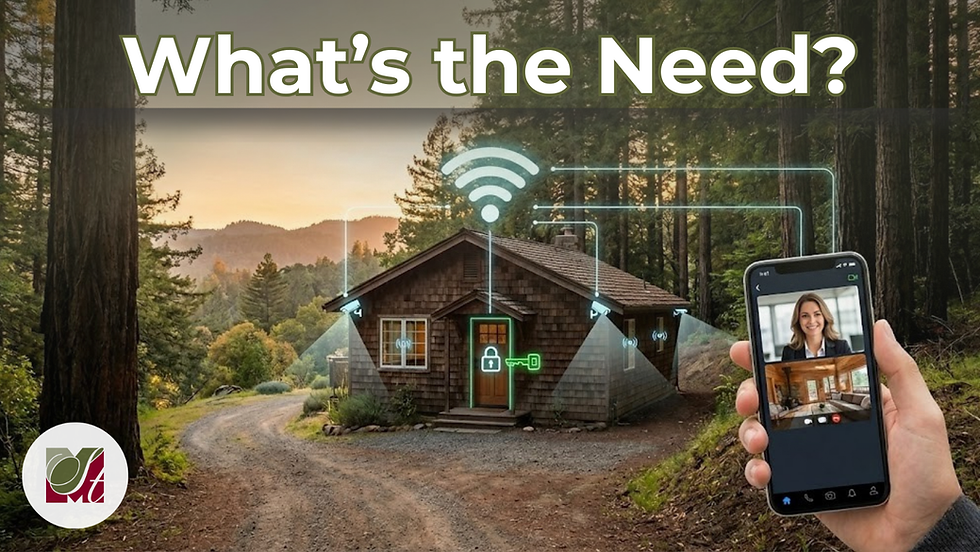HOW TO AVOID GETTING BURNED
- Datta Khalsa

- Aug 13, 2021
- 2 min read
With the advent of climate change in recent years, wildfires have become a seasonal event, making homes in many areas of our county tough to insure. To make matters worse, carriers are raising their rates or dropping their current policy holders altogether based on an internal risk assessment that includes how many homes that particular company covers in a particular region.
Many of the insurance companies use an internal rating system called “Fireline” that scores your property on a scale of 1 to 24. Anything over a 6 is a pass for most major carriers, leaving a very limited pool of insurers to choose from. If you are lucky enough to have multiple options, it pays to not only compare their rates and coverage packages, but also to research their reputations among their insured who have had to file claims.
As a first response, the State instituted the California Fair Plan to provide fallback coverage for properties nobody else will cover, but it has high deductibles and strict limits as to what it will and won’t cover. And there is talk of it becoming unsustainable at some point if the situation continues to worsen.
In order to mitigate that trend, the State and County have stepped up their regulations and enforcement around Fire Hazard Assessment, Defensible Space and Fire Hardening standards to help lower the level of catastrophic loss from wildfires, and offer numerous resources online, including Cal Fire’s FRAP Maps which identify moderate and high fire hazard zones. For what it’s worth, over half of the unincorporated areas of the County are in a fire hazard zone, and certain areas that suffered the worst damage are in High Severity Fire Zones.
In the wake of last year’s fires in which certain homes survived while the entire areas around them were burned to the ground, the focus now has now turned to home hardening practices, and creating defensible space, under the following general guidelines:
The first 5 foot perimeter around the home is recommended to be kept in hardscape, with nothing flammable stored against the building, including deck or lawn furniture. The next area extending out to 30’ is recommended to be maintained as a “lean, clean and green” zone, with only well irrigated or drought tolerant natives planted. From there, extending out to 100’ or to the property line it is advised to keep any grass to a minimum, and plant only islands of vegetation with adequate horizontal and vertical spacing between trees and shrubs.
Especially for houses with slopes below them, maintain as much space as possible, otherwise conditions can create a fire ladder or, worse yet, crown fires. In general, they recommend vertical space of 3x height of shrubs to bottom branches of nearby trees, and horizontal space of not less than 2x shrub height.
You can find many more resources online at the Cal Fire website. Fire safety inspections are becoming mandatory at Point of Sale as well in most of the rural areas of the County, adding yet another level in the ongoing list of disclosures. Ultimately the hope is to make the places we live a little safer in the midst of the growing specter of global warming.

![Evolution in a Broker[age]](https://static.wixstatic.com/media/ef261c_7386a35d70534c14949fba86284afdda~mv2.png/v1/fill/w_980,h_552,al_c,q_90,usm_0.66_1.00_0.01,enc_avif,quality_auto/ef261c_7386a35d70534c14949fba86284afdda~mv2.png)


Comments